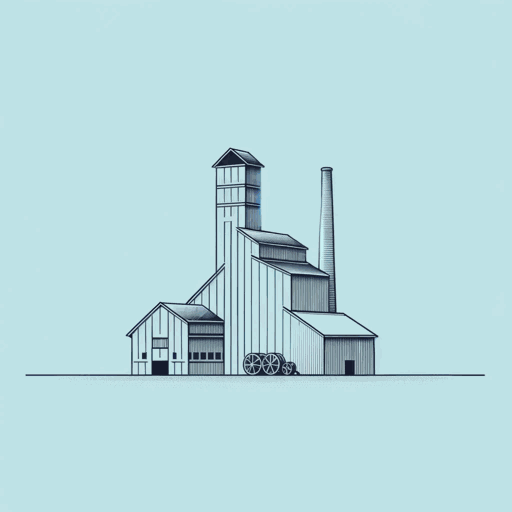37 pages • 1 hour read
Harold C. LivesayAndrew Carnegie And The Rise Of Big Business
Nonfiction | Biography | Adult | Published in 1975A modern alternative to SparkNotes and CliffsNotes, SuperSummary offers high-quality Study Guides with detailed chapter summaries and analysis of major themes, characters, and more.
Themes
The Old World Versus the New World
Throughout his biography, Livesay often uses Andrew Carnegie’s life to discuss larger societal shifts in the 19th century, particularly those surrounding the Industrial Revolution. Livesay describes how the Industrial Revolution not only altered traditional forms of labor, but in the process saw “customary social patterns shattered as traditional trades collapsed” (12). From the outset of the book, Carnegie’s life is deeply impacted by the new technology of steam power: the new textile factories make Carnegie’s father’s work obsolete, and the family is forced to immigrate to America. In Chapter 2, Livesay compares Carnegie and his father, Will, to emphasize the importance of adaptability in the face of changing circumstances. Though Livesay sympathizes with the difficulties caused by the Industrial Revolution, he ultimately passes harsh judgements on Will, who resigns himself to not working, instead of learning the tools of the Industrial Revolution’s new trades. Livesay describes Will as a “beaten man” in America, before noting that his work as an “itinerant peddler […] was the final confirmation of the shipwreck of his life” (18).
Whereas Will refuses to change, Carnegie is portrayed as ambitious, self-reliant, and adaptable. Throughout his life, Carnegie continually enters a new industry and learns everything about it, working long hours and devoting himself fully to his job.

